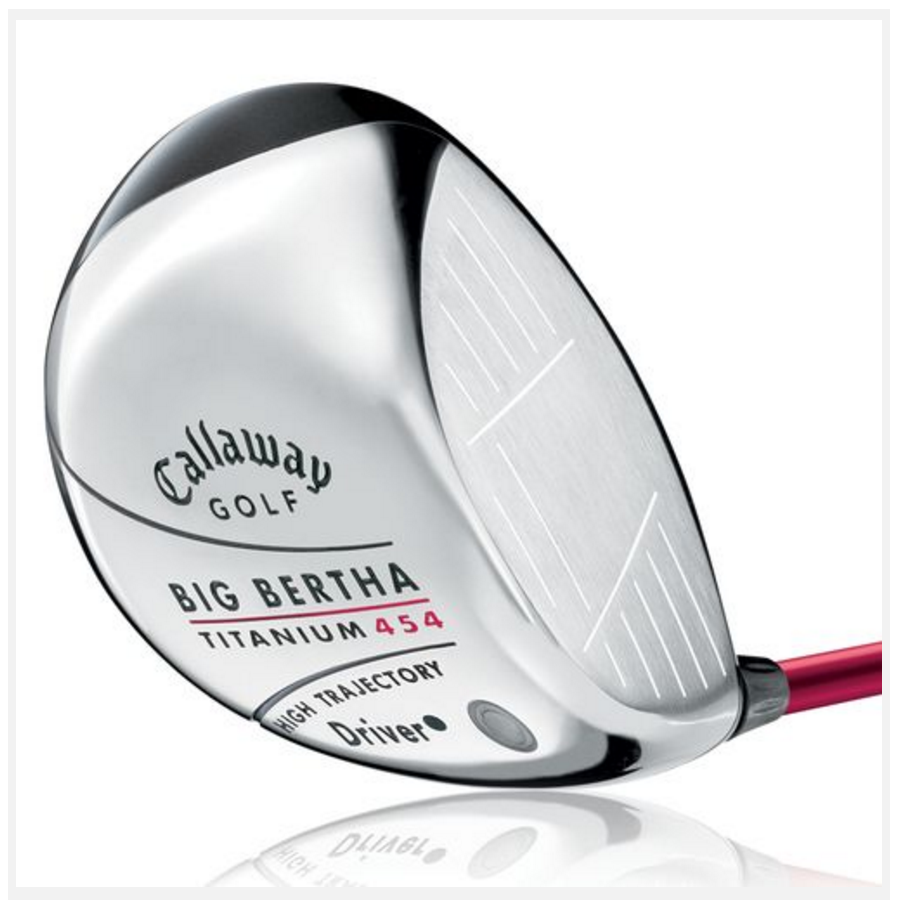
Today’s golf clubs, especially the newer thin faced titanium drivers, are directing more energy into the golf ball than ever before. That greater energy is partially released in the form of a loud “ping” sound associated with the newer titanium drivers hitting the golf ball.
Thin-faced titanium drivers may produce sufficient sound to induce temporary or even permanent cochlear damage - Lead researcher Dr Malcom Buchanan.
The irony is that when golfing it’s the sound of the club hitting the ball that we partly use to identify the quality of our drive. That audible feedback comes at a cost according to a study by Dr. Malcolm Buchanan published in the British Medical Journal several years ago. A solid drive can easily hit over 120 dB and as high as 128 dB on the course. Even higher sound levels can be encountered when using indoor driving ranges.
Damage From a Single Loud Sound
The most common reason for hearing loss in North America is noise induced hearing loss. This is most commonly associated with loud noises over extended periods of time. A common example would be listening to loud music with earbuds with the volume cranked up past the maximum safe level for several hours.
Less common temporary or permanent hearing loss is that caused by a single extremely loud sound event. The safe limit for a single noise event often referred to as an impulse noise, is approximately 110 dB. Since sound levels double for every increase of 3 dB, when we talk about a golfer’s drive hitting 121 dB, that’s a full 8 times louder than 110 dB.
Common Sound Levels
To put 110 dB in perspective here are a few examples of sounds we know well enough to compare and their approximate decibel levels.
Digital music player: 105-110 dB
Chain saw: 120 dB
Jackhammer: 130 dB
Gun shot: 140+ db
Firecrackers: 150 dB
Protecting Your Hearing Without Ruining Your Game
While ear plugs will suppress the loud impulse noises associated with driving a golf ball, most players won’t be happy using them as the distinctive feedback sound of a perfect drive will be impossible to hear properly. There is an alternate solution that will give the requisite feedback a golfer wants to hear. A golfer can use a set of moulded earplugs with special filters to attenuate loud sounds across the full range of frequencies we hear. These special earplugs will give the player all the audible detail needed to assess their driving technique and still allow speaking with their golf partner possible without removing the molded earplugs.
If you’re an avid golfer and want to protect your hearing without missing sound made by your perfect drive, Polo Park Hearing Centre can help fit you with custom molded earplugs. Just call our team of hearing professionals at (204) 788-1083.

